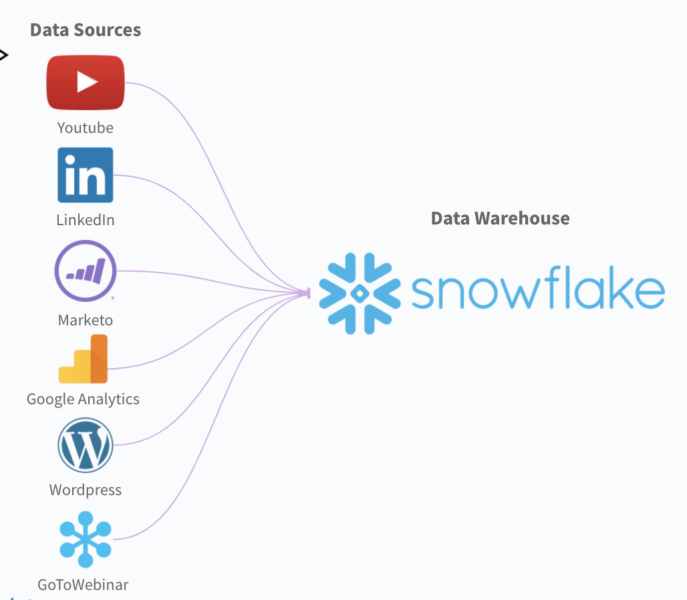The average organization uses more than 130 applications, and the figure is growing 30% year-over-year.
As companies try to make the most of their growing app ecosystem, they’ve turned to tools that can integrate them and/or their data. Two popular options include an integration platform as a service (iPaaS) and an extract, transfer, load (ETL) tool.
To help your organization differentiate between the two, and to help you decide on the one that’s right for your organization (spoiler: it’s neither), we’ll review each.

The next phase of iPaaS is here
Learn how an enterprise automation platform can help your business teams integrate and automate at scale.
What is an ETL tool?
To really understand this type of tool, you need to think about each component:
- Extract: Taking the data from the original sources (this includes both 1st and 3rd party data)
- Transform: Standardizing all of the extracted data in a way that’s suited for the data warehouse
- Load: Putting the standardized data into the data warehouse
The result? A centralized source of data that’s clean, consistent, and ready to be used by your team.
For example, say you wanted to help your marketing team analyze the performance of their recent initiatives. Using an ETL tool, you can extract data from sources like Marketo and Linkedin, transform it in a way that’s user-friendly, and load it into a data warehouse, like Snowflake.

Note: An ETL tool is not to be confused with an extract load transform (ELT) tool. This type of tool differs in that it only transforms the data once it’s loaded into the data warehouse.
Popular Marketo integrations
What is an iPaaS?
Simply put, an iPaaS is a cloud-based platform that lets you connect your systems, whether they live on-prem or in the cloud. Once connected, the systems can share data securely via API endpoints, allowing teams that use different tools to easily access the same types of data. All the while, it can provide data security through API policies, such as authentication and authorization.
As an example, you can use an iPaaS to connect a CRM, like Salesforce, with a marketing automation platform, like HubSpot. Once connected, you can build data flows from one system to the other. For instance, any time a prospect receives a new lead score in HubSpot, the change is instantly reflected in their Salesforce page.
Related: What is point-to-point integration?
How an iPaaS and ETL tool differ
Though the two seem pretty similar, there are some key differences to consider.
1. An iPaaS lets you move data across systems in real time, while an ETL tool can only do so in batches.
2. ETL tools are often geared towards on-premise systems, while an iPaaS can effectively handle cloud, on-premise, or hybrid systems.
3. An iPaaS can integrate your systems and your data, while an ETL tool can only integrate the latter.
Based on these differences, you can decide between an ETL and an iPaaS tool across various scenarios:
Do you need to access real-time data? Are many of your current systems built in the cloud? And would you prefer to pay using a subscription-type format? If the answer is yes to any of these questions, then an iPaaS is likely the better option.
However…
Are you primarily using legacy and on-prem systems? Do you want a relatively safe and simple way to transform and load your data over time? And would you prefer to invest in a consumption-based pricing model? Then an ETL tool might be the right option.
Before deciding between an iPaaS or an ETL tool, we want to introduce you to an alternative option.
Related: iPaaS vs ESB
An integration-led automation Platform can be your iPaaS, ETL tool, and more
An integration-led automation platform can serve as an iPaaS, ETL tool, AND it lets you build end-to-end automations that transform your workflows—from employee onboarding to procure-to-pay.
Note: It lets you build workflow automations by “listening” to your apps for business events (what we call triggers), and once the conditions for the trigger get met, it delivers real-time outcomes (what we call actions).
Which integration-led automation platform should you consider? We’ll let Gainsight’s CIO, Karl Mosgofian, explain why Workato is the right choice:
Related: How Gainsight uses Workato to deliver digital transformation
